On this page we take a look at several different types of mammals. You’ll find pictures and facts about each major mammal group, and you’ll also find out how mammals are classified.
This page is Part Three of our ‘Ultimate Guide to Mammals’.
Other pages in this series:
- Go to Part One: Mammals: An Introduction
- Go to Part Two: What Is A Mammal?
- Go to Part Four: Mammal Evolution
- Is a bird a mammal?
- Are sharks mammals?
- Is a dolphin a mammal?
Types Of Mammals: Introduction
In part one and part two of our guide to mammals, you found out what a mammal is. Now it’s time to discover the many different types of mammal alive today.
There are over 5,000 different species of mammal. We’re not going to meet all of them here, but we are going to discover all of the main mammal groups. We’ll also find out how scientists put animals into different groups.
There’s a lot of information on this page, but don’t worry: it’s very easy to read and you’ll get to meet some amazing animals!
We recommend that you read every section, but if you want to jump to a particular part, you can use the links below:
- Animal Classification Basics
- The Three Main Types Of Mammal: Monotremes, Marsupials & Placental Mammals
- Types Of Mammals, With Examples, Pictures & Facts
- Monotremes
- Marsupials
- Opossums
- Bilbies and Bandicoots
- Macropods
- Placental Mammals
- Cats
- Dogs
- Pinnipeds
- Bears
- Ungulates
- Cetaceans
- Primates
- Rodents
- Bats
Share This Page!
If you enjoy this page then tell your friends about it! You can share it on social media using the buttons at the top of the page, or link to it from your own website.
Animal Classification Basics
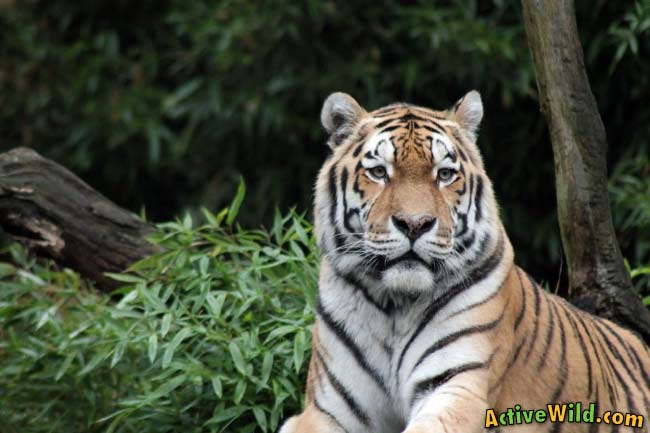

Zoologists (people who study animals) make sense of the animal kingdom by putting animals into groups. This is known as classification.
Animals are grouped depending either on their physical characteristics or on their family tree – which usually amounts to the same thing (but sometimes doesn’t!).
Mammals are members of the group of animals called Mammalia. All members of this group share certain physical characteristics, and are descended from the same ancestors.
Mammalia is a ‘class’. A class is one of the groups that zoologists use to classify animals.
The groups have a hierarchy (which means levels of importance). A ‘kingdom’ is the top level; all animals are members of the animal kingdom, just as all plants are members of the plant kingdom.
(When we’re talking about ALL living things, and not just animals, there are levels that are even higher than kingdom.)
The lowest level is ‘species’. Animals in the same species are basically the same ‘type’ of animal, and can breed with each other.
Species can be further divided into subspecies, and there are intermediate groups between all the groups, but here we’ll try to keep things as simple as possible!
The different levels of classification, from kingdom to species, are shown below. In the parentheses, you can see how a wolf (Canis lupus) is classified. By the way, species are often identified by their scientific name, which is made up of two Latin words and written in italics.
Animal Classification Groups, Using The Wolf (Canis Lupus) As An Example
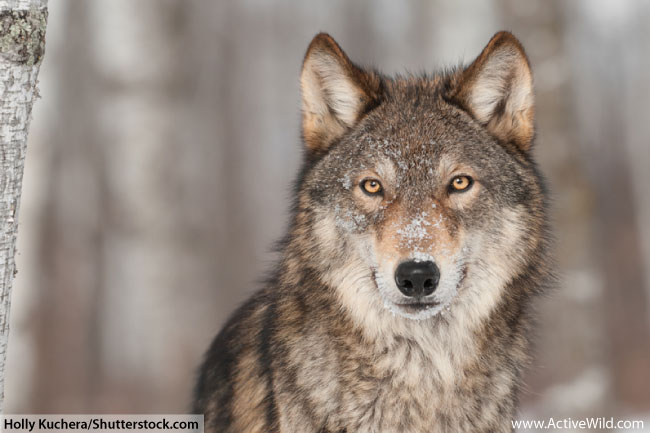

- Kingdom (Animalia)
- Phylum (Chordata)
- Class (Mammalia) (Mammals)
- Order (Carnivora)
- Suborder (Caniformia)
- Family (Canidae) (The dog family)
- Genus (Canis)
- Species (Canis lupus) (The gray wolf)
The animals in each group get more and more alike the nearer you get to the bottom of the list. In other words, the members of each group are more ‘closely related’ the further down the list you go.
The science of classification is known as Taxonomy. If you’re interested in animal classification then find out about Carl Linnaeus. Known as the ‘father of modern taxonomy’, he was an 18 Century naturalist who created the system that is still in use today.
The 3 Basic Types Of Mammals
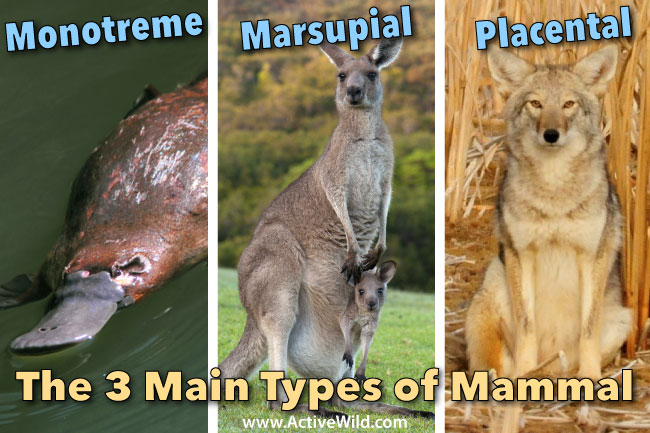

As we found in the previous parts of this series there are three main types of mammal: monotremes, marsupials, and placental mammals.
In this section, we’ll take a closer look at each of these groups.
Monotremes (egg-laying mammals)
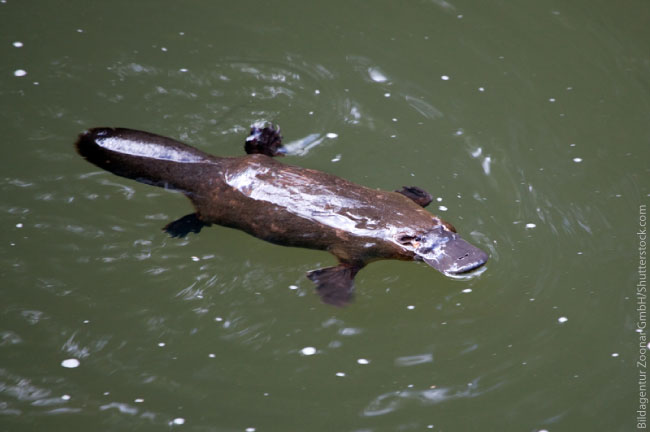

Monotremes are members of the mammalian order Monotremata. They are the only mammals that don’t give birth to live young. Instead, they lay eggs.
Despite this, monotremes still nurse their young with milk, have hair, and possess three bones in the middle ear: features that identify them as being mammals.
Scientists believe that they were ‘left behind’ by the branch of mammals that would go on to become the marsupials and placental mammals. This is why the monotremes still lay eggs like their reptilian ancestors.
- There are only five monotreme species: the platypus, and four species of echidna.
Marsupials (pouched mammals)


A marsupial is a member of the infraclass Marsupialia. (Infraclass is an intermediate classification category that comes below class.)
Marsupials are mammals whose young are born in a relatively undeveloped state. After being born, the young (called ‘joeys’) crawl into a special pouch in the mother’s body. Here they undergo further development, and have access to their mother’s milk.
Most marsupials live in Australia, but some are found in the Americas.
- Example of marsupials include: red kangaroo, koala, Tasmanian devil, and Virginia opossum.
Placentals (placental mammals)
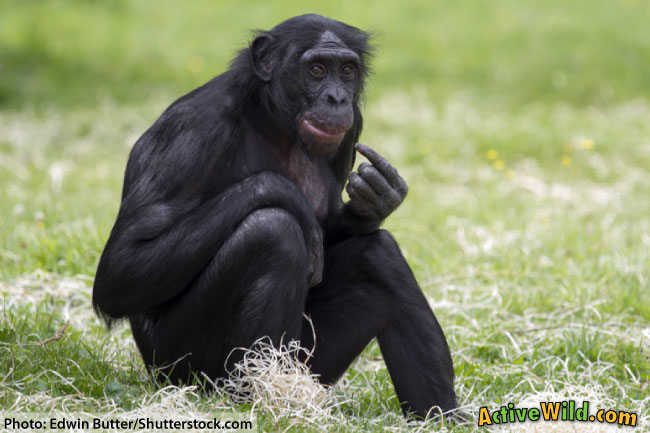

A placental mammal is a member of the infraclass Placentalia.
Placental mammals give birth to live young. While in the womb, the developing fetus receives nourishment from an organ called a placenta.
- Examples of placental mammals include: tiger, blue whale, vampire bat, and man.
Mammal Groups With Examples: Meet The Mammals!
As we’ve seen, zoologists place mammal species into a number of different groups. We’re now going to take a look at some of the better-known mammal groups. We’ll also meet some example mammals within each group.
Types of Mammals: Monotremes
Platypus
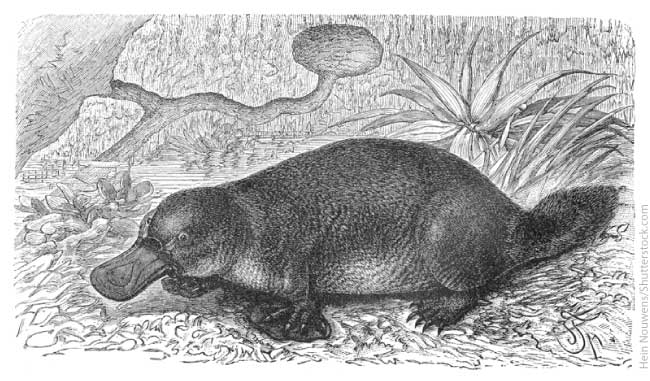

The platypus is one of the few venomous mammals: it has spurs on its ankles which can deliver a painful sting. This surprising animal has another trick up its sleeve: it can hunt using electroreception. This means it can pick up minute electrical signals given off by the muscles of its prey.
Echidna
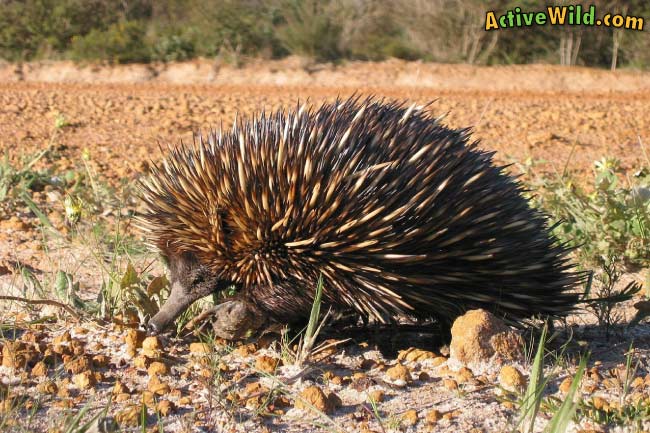

There are four species of echidna. Known as ‘spiny anteaters’ their bodies are covered in characteristic spines. When threatened, they curl into a ball, like a hedgehog.
Types of Mammals: Marsupials
There are two main types of marsupial: the American marsupials (opossums) and Australian marsupials.
Examples of just some of the various types of marsupials within these two main groups are shown below.
Opossums
Opossums are a group of marsupials that live in the Americas. They are members of the Didelphimorphia order. There are around 100 species in the group.
Bare-Tailed Woolly Opossum
Virginia Opossum
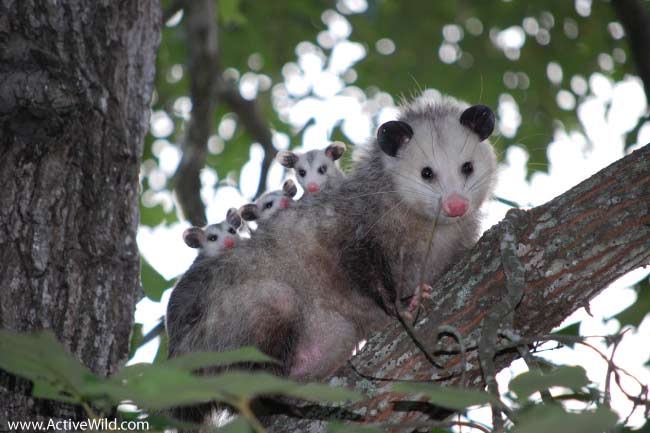

The Virginia opossum is a marsupial that is found in Central and North America. It is known for ‘playing dead’ when threatened.
Bilbies and Bandicoots
Bilbies and bandicoots are small to medium-sized marsupials that are found in Australia (bilbies and bandicoots) and nearby islands and countries. They are members of the Peramelemorphia order.
Greater Bilby
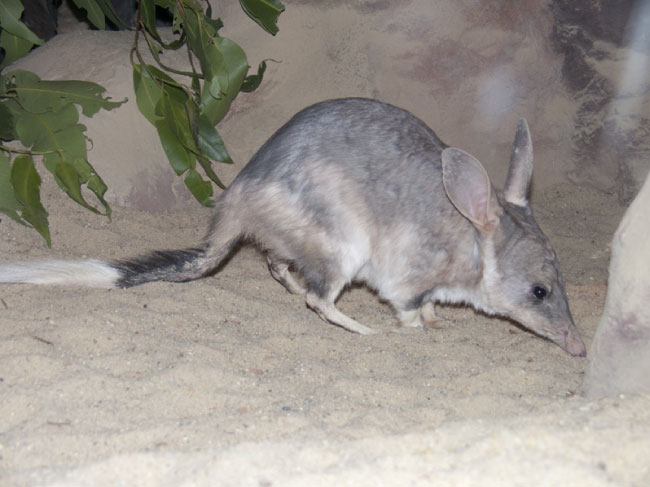

The greater bilby is the only remaining species of bilby, and is itself rated ‘Vulnerable’ on the IUCN Red List. It lives in dry areas of Australia.
Northern brown bandicoot
Macropods
Macropods are perhaps the most familiar marsupials. They are members of the Macropodidae family. This group includes kangaroos, wallabies and other related mammals. The name ‘macropod’ comes from the Greek for ‘large foot’.
Red Kangaroo


The red kangaroo is the biggest species of marsupial. It lives in groups called ‘mobs’, and is found throughout most of mainland Australia.
Quokka
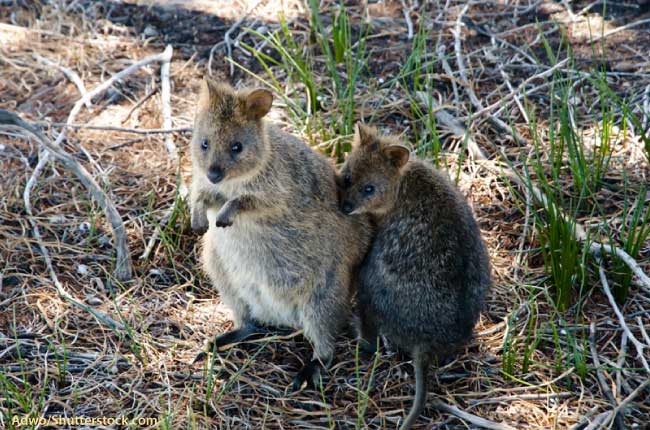

The Quokka is a cat-sized macropod that is found in southwestern Australia and some nearby islands.
Types of Mammals: Placental Mammals
When we’re asked to think of a mammal, the chances are it’s a placental mammal, such as a tiger or an elephant, which springs to mind.
This may be because, being primates, we are placental mammals ourselves.
There are many different types of placental mammals. Let’s meet a few of them …
Carnivora
Carnivora is an order of placental mammals. All members of carnivora were originally adapted to hunt and eat meat. Although most carnivorans (members of carnivora) are still primarily carnivorous, over time some have evolved into omnivores, and some are almost entirely herbivorous.
Some of the best-known mammal families are carnivorans. Cats, dogs, pinnipeds (seals, walruses and sea lions), and bears are all members of this group.
Carnivora: Cats
Cats are members of the Felidae family. They are fast, agile, and have excellent senses of vision and hearing.
There are two cat subfamilies: Pantherinae (which comprises the tiger, lion, jaguar, leopard, snow leopard, and clouded leopards), and Felinae (which includes all other cat species).
Tiger


Tigers are the largest members of the cat family. Although one of the world’s best-known animals, tigers are Endangered, with under 4,000 left in the wild.
Do you want to live in a world without tigers? We certainly don’t. Why not get in touch with a tiger charity and see what you can do to help?
Serval
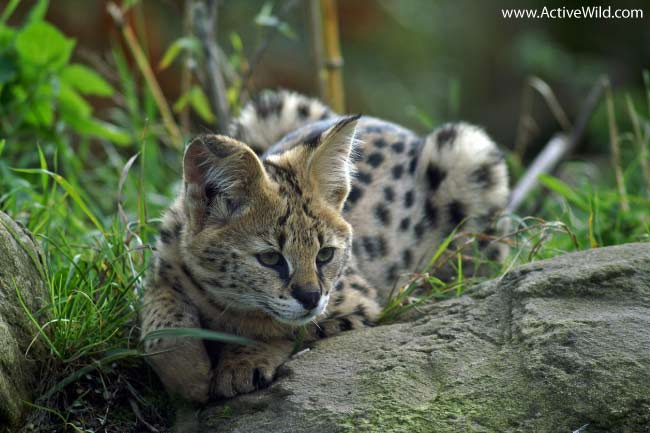

The serval is a member of the Felinae subfamily. Its golden coat is covered in black spots and lines. It lives in Africa, and preys primarily on small mammals.
Carnivora: Dogs
Dogs are members of the Canidae family of carnivoran mammals. They are strong and fast, and are more social than cats. Most live in family groups and several species hunt in packs.
Gray Wolf (Grey Wolf in British English)


The gray wolf is the largest member of the dog family. It lives and hunts in packs. Working cooperatively, this powerful carnivoran can take down prey much larger than itself.
African Wild Dog
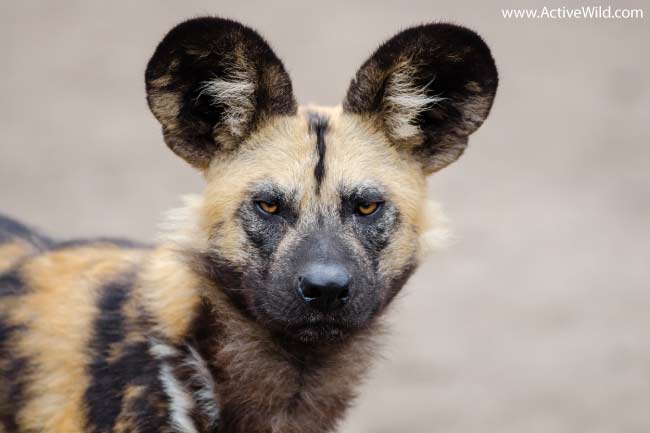

The African wild dog is the largest dog found in Africa. Its characteristic multi-colored coat gives it its alternative name ‘African painted dog’. Habitat loss and human persecution has led to the African wild dog becoming endangered.
Carnivora: Pinnipeds
Pinnipeds are members of a suborder of carnivoran mammals called Pinnipedia. Pinnipeds have a number of adaptions for a semiaquatic lifestyle, including flippers and a layer of blubber.
The group comprises three families: Otariidae (the eared seals); Phocidae (the earless seals, or true seals); and Odobenidae (whose only member is the walrus).
South American sea lion
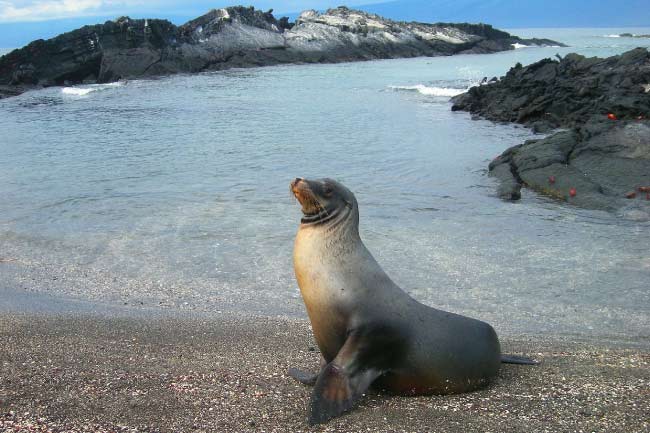

The South American sea lion is a member of the Otariidae family. As its name suggests, it is found on the coasts of a number of South American countries. It feeds on marine animals such as fish, squid and octopus.
Harbor seal
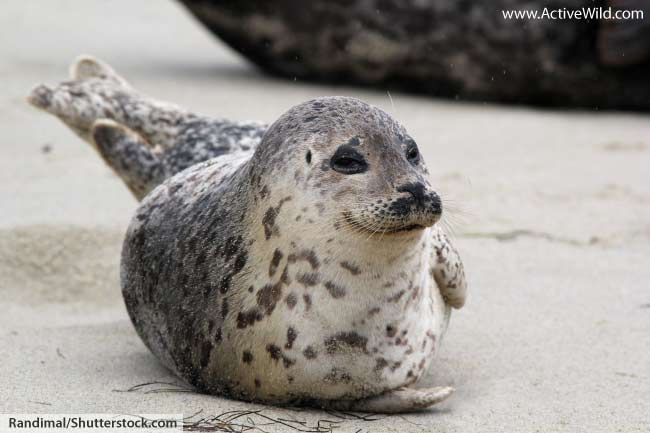

The Harbor seal is a member of the Phocidae family. It is found in the Atlantic and Pacific Oceans of the Northern Hemisphere. Like all members of its family, it is a skillful swimmer, but is clumsy on land.
Walrus
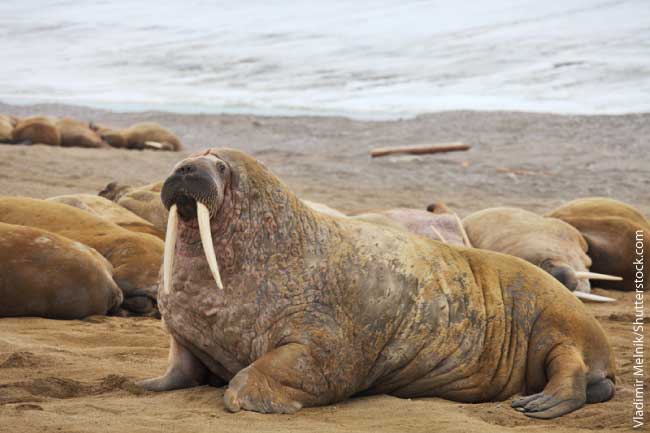

The walrus is a large pinniped that is found in Arctic and subarctic areas. Both male and female walruses have large tusks which are used for making holes in the ice and for feeding. (Males also use their slightly larger and stronger tusks for fighting during the breeding season.)
Carnivora: Bears
Bears are members of the Ursidae family of carnivoran mammals. Bears are typically large, powerful animals with strong claws and an acute sense of smell.
Grizzly Bear
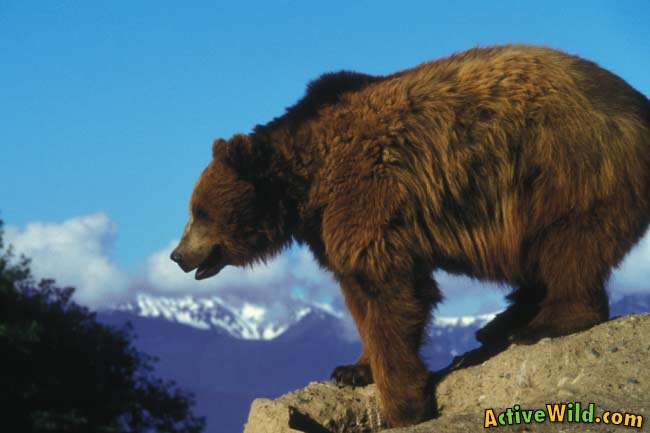

The grizzly bear is a subspecies of brown bear found in the United States and Canada. Known for its large size and strength – and bad temper – the grizzly bear is a formidable predator.
Giant Panda
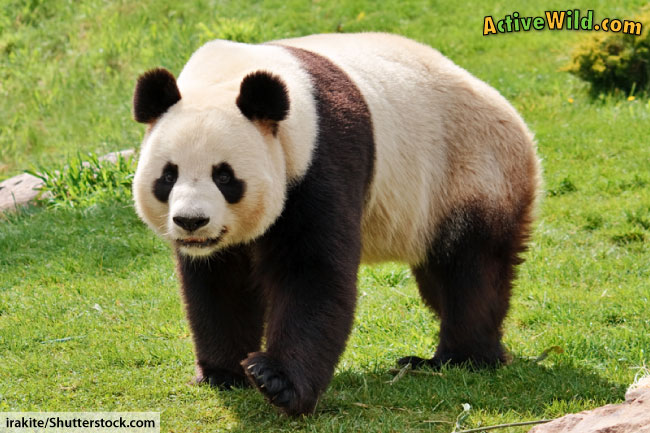

The giant panda – also known as simply ‘panda’ – lives in the bamboo forests of China. It rarely eats meat, and gets all of its energy from eating bamboo. Because bamboo contains very little energy, the panda has to eat it in large quantities. The panda has evolved a special ‘extra thumb’ (actually an enlarged bone) that helps it to grip bamboo.
Ungulates
Ungulates are hooved mammals. There are two groups of ungulates: the odd-toed ungulates and the even-toed ungulates.
Odd-toad ungulates are members of the order Perissodactyla. As their name suggests, odd-toed ungulates have an odd number of toes. This order contains horses, rhinos and tapirs.
The even-toed ungulates are members of the Artiodactyla order. The construction of their feet is such that their weight is borne by their third and fourth toes. Members of this group include giraffes, hippopotamuses, deer and cattle.
Cetacea – a group of mammals that includes whales and dolphins – are thought to have evolved from even-toed ungulates, and are sometimes included in the group.
Horse
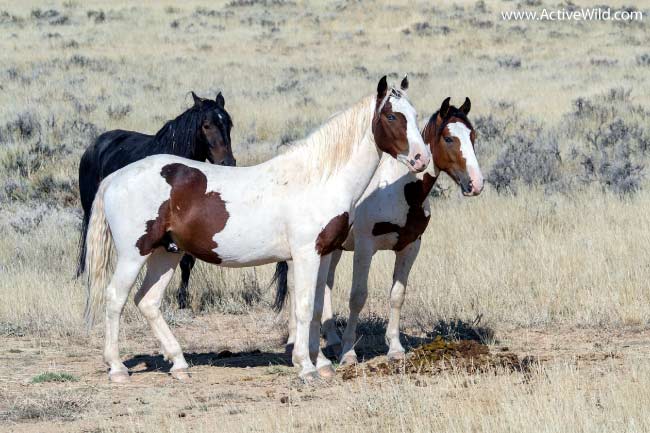

The horse is an odd-toed ungulate, and the most familiar member of the Equidae (horse) family. Horses have been used by man as a means of transport for thousands of years.
Hippopotamus
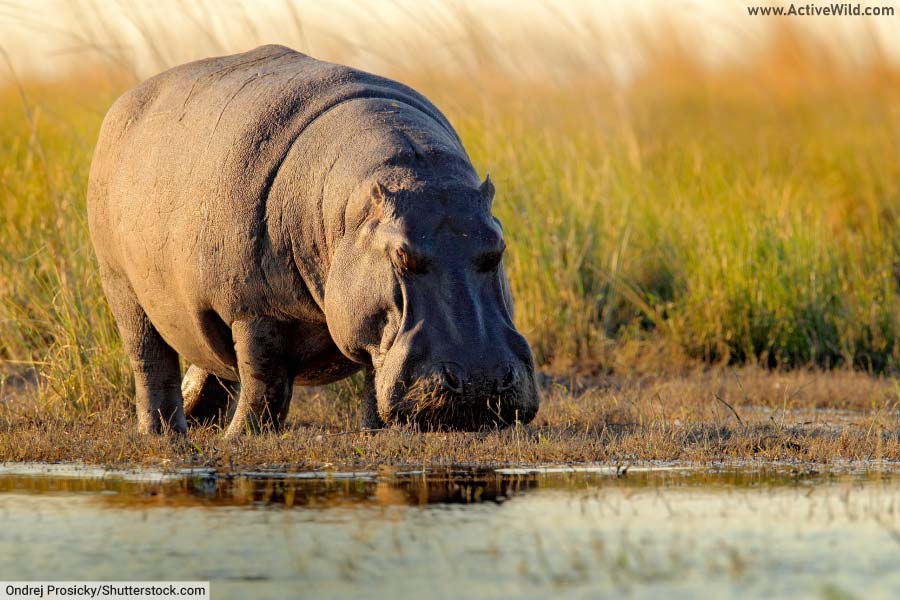

The hippopotamus is an even-toed ungulate, and the third-largest type of land animal alive today. It is found throughout Africa, and spends most of its life in water.
Cetaceans
Cetacea is a group of mammals whose members have adapted to an aquatic existence. Members of this group are known as cetaceans. They include whales, dolphins and porpoises.
Although they resemble fish, cetaceans, being mammals, have lungs; they still need to come up to the surface to breathe air.
Blue Whale
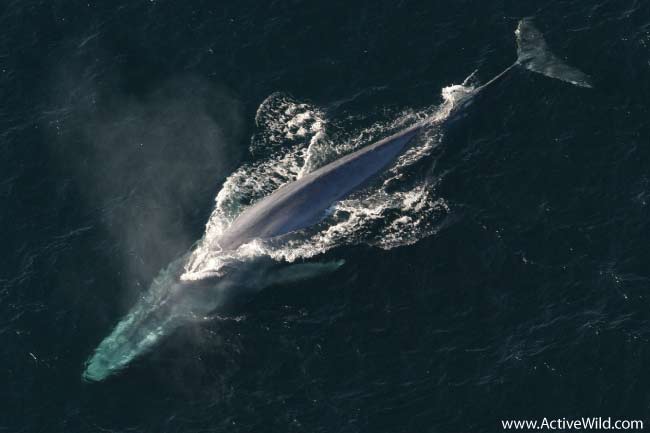

The blue whale is not only the largest mammal alive today, it is also the largest (in weight) of any animal ever to have lived on Earth (it’s even bigger than the dinosaurs).
Common Bottlenose Dolphin


Common bottlenose dolphins are the most familiar species of dolphin. These intelligent animals have bigger brains than humans!
Primates
It’s time to meet our closest relatives in the animal kingdom! Primates is an order of placental mammals that includes the hominidae family, of which man is a member.
The ancestors of primates were ‘arboreal’, which means ‘tree-dwelling’. Many primates still live in trees. Primates have good vision, which is helpful when jumping through the branches!
The next time you get the urge to climb a tree, remember it’s just your inner primate wanting to get out!
Many (but not all) primates have ‘opposable thumbs’. This is when the thumb moves in the opposite direction to the fingers, allowing the hand to grip.
The order primates contains two main groups: Strepsirrhini and Haplorhini.
Strepsirrhini, whose members are called strepsirrhines, is the group of primates that includes lemurs, bushbabies, pottos and lorises.
Haplorhini, whose members are known as haplorhines, is the primate groups whose members include tarsiers, apes and monkeys.
Man is a member of the Hominidae, or ‘Great Ape’ family. The members of this family are our closest relations, and the closest of all are the chimpanzees.
Ring Tailed Lemur
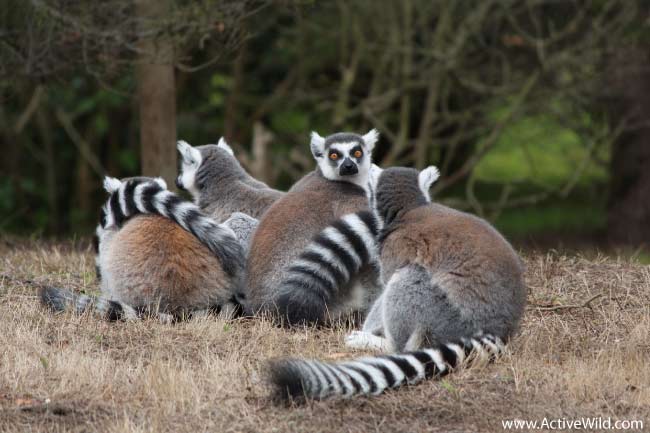

The ring-tailed lemur is a primate that lives on the island of Madagascar. This social animal lives in groups. Like all lemurs, it is in danger of becoming extinct due to habitat loss.
Common Chimpanzee
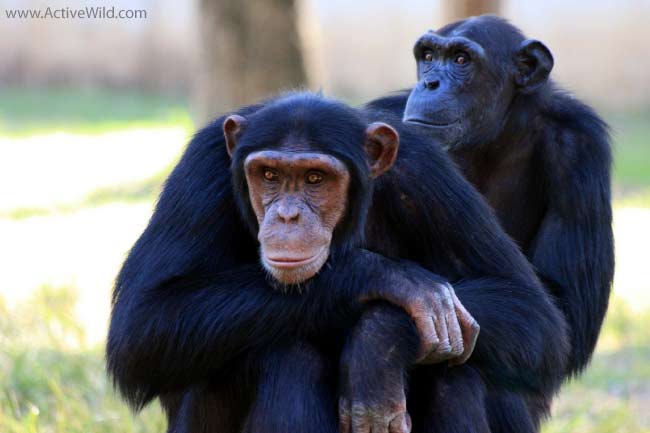

The common chimpanzee is one of two animals in the genus Pan, the other being the bonobo. (A genus is yet another scientific grouping. Members of the same genus are very closely related). Found in Africa, both the common chimpanzee and the bonobo are endangered.
Rodents
Rodents are members of the order Rodentia. Rodents account for around 40% of all mammal species. These placental mammals are generally small in size and herbivorous.
All rodents have incisors (front teeth) that continue growing throughout the animal’s life. This prevents the teeth from wearing down as the animal gnaws on tough plants.
Familiar rodents include mice, rats, beavers, hamsters, guinea pigs and porcupines.
Brown Rat
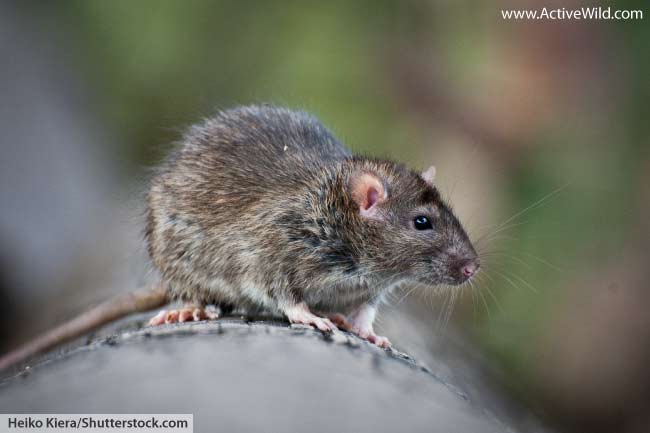

The brown rat is a member of the Muridae family, which includes rats, mice and gerbils. The brown rat is one of the commonest of all animals, and is found on every continent except Antarctica.
Capybara
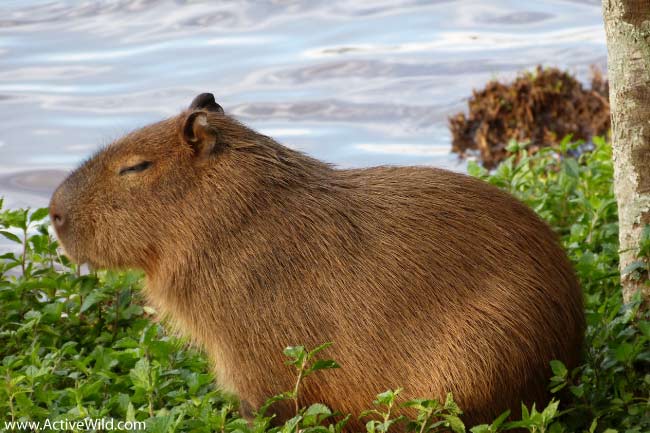

The capybara is the world’s largest rodent. A semiaquatic animal, it lives close to lakes and rivers in South America.
Bats
Bats are placental mammals in the order Chiroptera. The forelimbs of bats have adapted into wings, and they are the only mammals capable of true flight (other mammals such as flying squirrels glide rather than fly).
Rodrigues flying fox
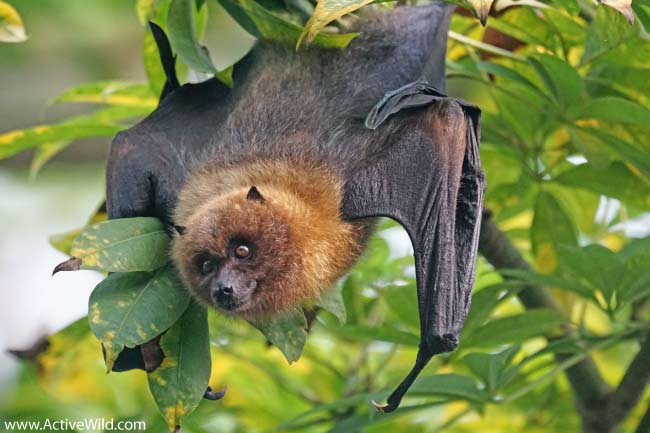

The Rodrigues flying fox is a critically endangered species of bat. Although not the largest bat, its wingspan still reaches 90 cm (35.5 in). Found in Rodrigues, an island in the Indian Ocean, the Rodrigues flying fox is a herbivore that feeds on fruit.
Common Vampire Bat
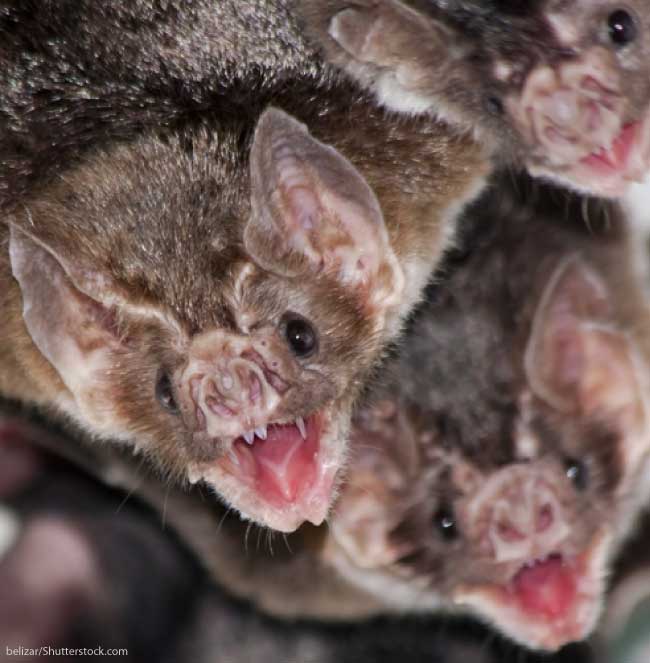

The common vampire bat is famous throughout the world on behalf of its diet, which consists of the blood of living animals. One of three vampire bat species, the common vampire bat is found in Mexico, Central America, and parts of South America.
Types of Mammals: Conclusion
On this page we’ve discovered many different types of mammal. We’ve also found out about taxonomy – the science of classification.
Now become a mammal expert by reading other pages in this series:
- Go to Part One: Mammals: An Introduction
- Go to Part Two: What Is A Mammal?
- Go to Part Four: Mammal Evolution
- Is a bird a mammal?
- Are sharks mammals?
- Is a dolphin a mammal?
Share This Page!
If you enjoyed this page then tell your friends about it! You can share it on social media using the buttons at the top of the page, or link to it from your own website!

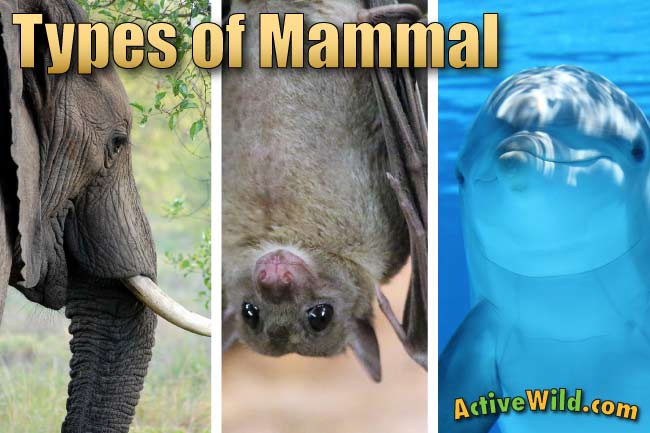


This was useful!! thanks a lot.
Good walk into nature while sitting down. Love the website
good helps a lot thanks to the people who made this website.
very useful info in simple terms! thanks